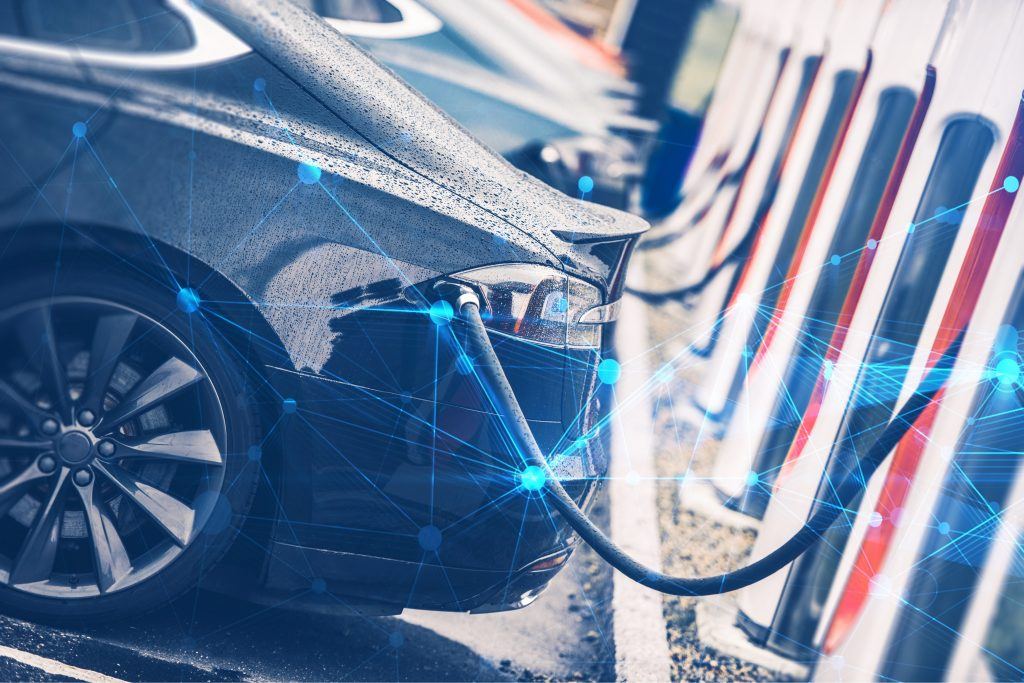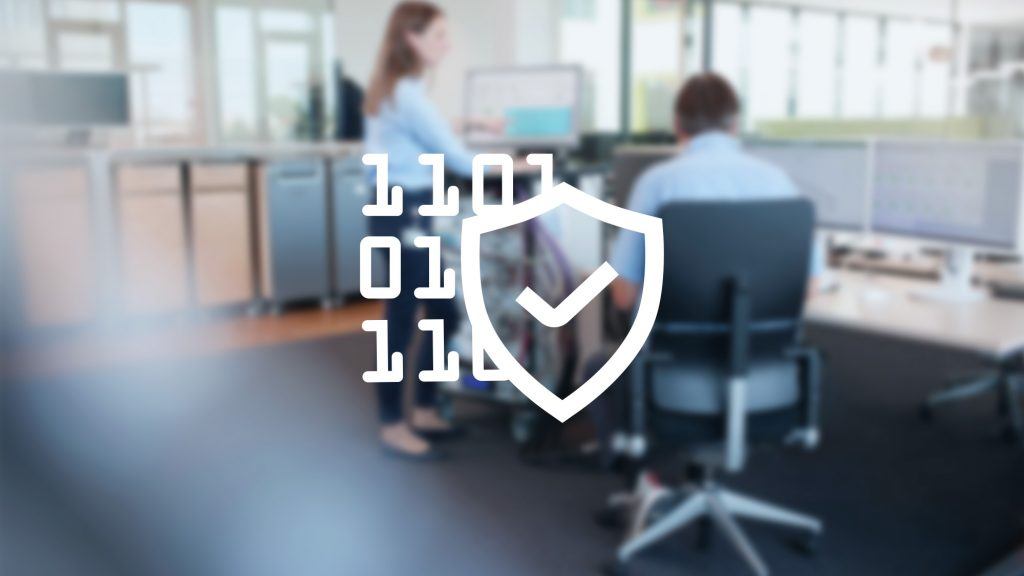Christian Hoetterges
Electromobility
The market for charging infrastructure is heating up fast. Demand is sure to soar by 2030. To keep this trend on its upward trajectory, charging options will have to be safe, convenient, and reliable. Charging technology is constantly advancing as new regulations emerge and standards evolve. Increasing sophistication gives rise to greater complexity. Software, especially, can get very intricate.

Let us tame that complexity for you by drawing on our many years’ experience in all things e-mobility. Our skill-set encompasses the latest technologies, standards, and practices. With our firm grasp of methods, we are able to offer you excellence in professional systems engineering. You can count us for well-informed advice. What’s more, we can put our proposals into practice by handling software and systems development and customization for you.

Charging infrastructure becomes critical infrastructure when it is integrated into the power grid via new functions such as bidirectional charging. This is why cyber security is becoming more and more of a top priority.
Adrian Mauderer, Program Manager

The ISO 15118 standard sets out the rules for communication between vehicles and charging points. Its latest amendment, ISO 15118-20, defines secure data transmission for purposes of identifying, authenticating, and authorizing transactions between e-vehicles and charging infrastructure. This communication enables new use cases, one being Plug & Charge. Bidirectional charging also serves to connect the vehicle to the grid. Then it can serve as an energy storage system.
We can help you make the most of this opportunity by ensuring standards-compliant implementation, efficiently testing individual software, developments, analyzing disruptions of the charging process, and checking for compliance with standards. We also integrate and implement Open Charge Point Protocol (OCPP), a communication standard for charging points and their backend systems.

We strive to spot compliance bugs at the earliest turn. To this end, we have developed a state-of-the-art test based purely on software. It runs independently – no hardware needed. This way, we can integrate custom SECC or EVCC software with just a few modifications and check it for compliance. Components are simulated for standard compliance tests, the results of which our experts then assess. We will be happy to team up with you to make the necessary adjustments.

Bidirectional charging provides the means to integrate future electric vehicles into the grid. Grid-connected vehicles can serve to store electricity generated by renewable sources. This capability is sure to figure prominently in tomorrow’s residential power supplies as well as in large charging parks. Of course, dynamic load management will be a crucial factor as more and more vehicles connect to the grid. To this end, a smart energy management entity has to control charging power and time. And it has to exploit this flexibility to feed power back into the grid. Count on us to guide you down a safe path to efficient grid and energy management.
We have tackled many tasks for customers, including:
– Enabling dynamic load management
– Providing operating reserve
– Ascertaining electrical power quality at the AC inverter
– Equipping grid-connected devices with fault ride-through (FRT) capability
– Handling technical connection rules (TCR) for power generation systems in the low-voltage grid (VDE-AR-N 4105) and medium-voltage grid (VDE-AR-N 4110)
– Grid coupling, harmonic balancing, and cross-coupling phases with one another

Cyber security is essential for product manufacturers due to the increasing attack surface and the regulatory requirements of the EU Cyber Resilience Act (CRA) and the EU NIS2 directive for system operators.
We support you with our consulting and engineering services for cyber security through the entire security engineering process. Starting with the security threat & risk analysis, strategies and concepts to the penetration testing, together we develop your secure products, based on our cyber security engineering services – aligned with common standards.
Applicable standards: IEC 62443, ISO/IEC 2700x for cyber security

Functional safety is essential in the development of charging infrastructure. If all aspects are not taken into account right at the start of development, it often leads to delays and unexpected costs due to subsequent changes. A partner with experience in the relevant standards and in the adaptation of processes is important to set-up an efficient development and simultaneous validation. We provide support from the risk analysis and safety concepts to safety engineering, testing and approval.
Applicable standards: IEC 61508 / ISO 26262 for functional safety
Integrating electric vehicles seamlessly into energy and transportation systems makes good ecological and economic sense. Charging infrastructure – the interface between the vehicle and the grid – is a pivotal component of this ecosystem. We are here to help you make the most of the latest technologies to enable safe, convenient use. Let us join forces to steer charging solutions into the mainstream and make e-mobility a success story.